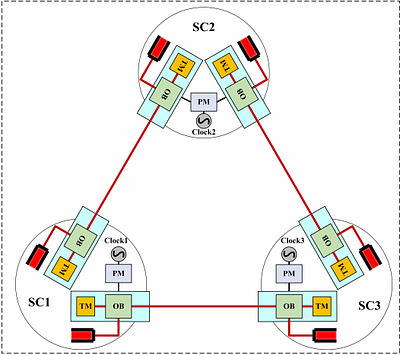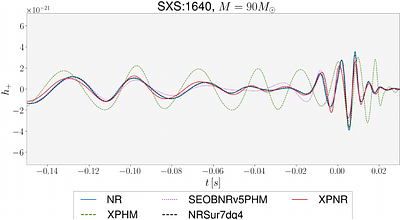In this work, we study field theoretic systems of a single axion-like field with linear potentials modulated by cosine terms, allegedly induced by non-perturbative instanton configurations. These systems are considered in expanding-Universe spacetime backgrounds (of Friedman-Lema$\hat{\rm i}$tre-Robertson-Walker type). Using a dynamical-system approach, we classify the various de-Sitter like (inflationary) vacua from the point of view of thei...
moreIn this work, we study field theoretic systems of a single axion-like field with linear potentials modulated by cosine terms, allegedly induced by non-perturbative instanton configurations. These systems are considered in expanding-Universe spacetime backgrounds (of Friedman-Lema$\hat{\rm i}$tre-Robertson-Walker type). Using a dynamical-system approach, we classify the various de-Sitter like (inflationary) vacua from the point of view of their stability, which depend on the values of the model parameters. In this respect, bifurcation points are found to be present for the various models under consideration. Part of the parameter space of the systems under consideration includes the running-vacuum (approximately) linear-axion monodromy potentials, considered in previous works by some of the authors, where inflation is induced by primordial gravitational-wave condensates. A particularly interesting case, corresponding to another part of the parameter space of the models, includes a series of stable de-Sitter vacua, which physically may correspond to a series of successive tunnelings of the system, via say non-perturbative effects, with a decreasing effective cosmological constant. Under certain values of the parameters, these successive tunnelings can reach a Minkowski spacetime, with zero value of the minimum of the axion potential. The situation is not dissimilar to the one of discrete inflation that arguably characterizes some minimal non-critical-string (Liouville) models of cosmology. Finally, for comparison, we also include in this article a dynamical-system study of standard axion-monodromy-modulated potentials characterizing some string/brane-compactification models of inflation.
less








